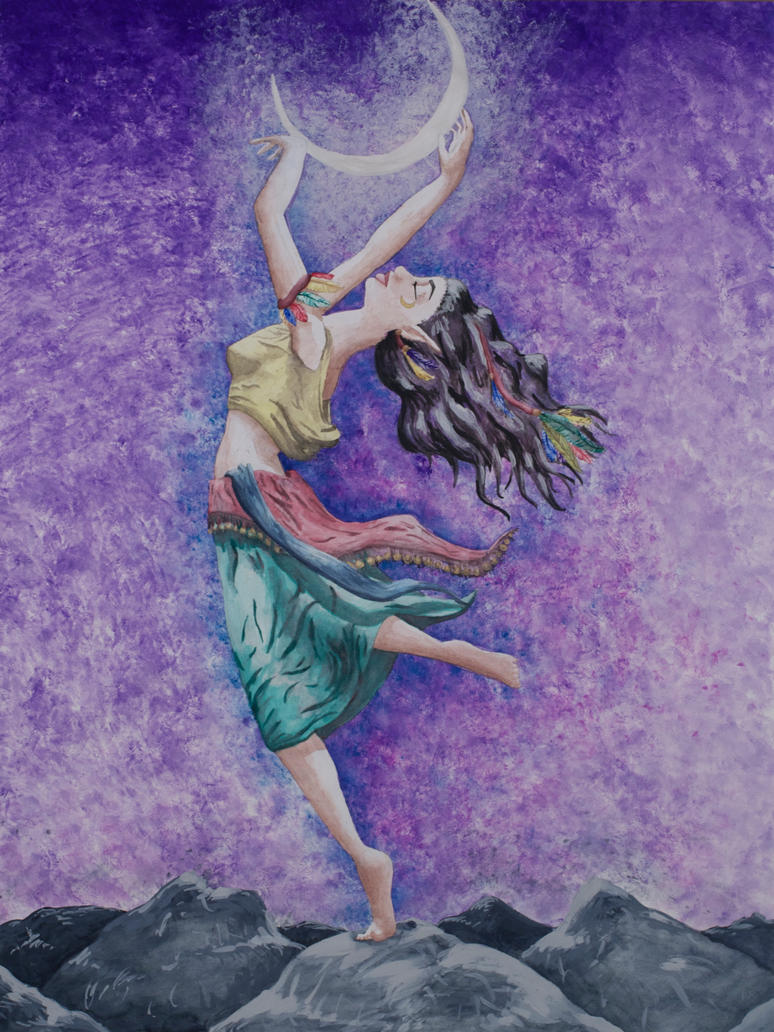as we stood at the
door
The glass apple, a prism
serving slices of rainbow’s way
a prison of sorts
reflects hope and chains of faith
not like the engagement of prison sex
naked truth - the ugly savagery
nobody kisses you into awakening
from the brutality of it all
exploring each one of your tiny infinites
taking in the liquid measure of steps
they devour you whole in chambers
sectioned off horror shows
skin consumed like almonds
tendons and vein - a plate of spaghetti
eyes, marrow and blood- sucked through a straw
sleepers - beggars in the street chasing cats
lords of the dreaming
summer heat - lunar goddesses dance for a nickel
the wood variety - your soul
nature’s highway - the schizophrenic wonderland
serving slices of rainbow’s way
a prison of sorts
reflects hope and chains of faith
not like the engagement of prison sex
naked truth - the ugly savagery
nobody kisses you into awakening
from the brutality of it all
exploring each one of your tiny infinites
taking in the liquid measure of steps
they devour you whole in chambers
sectioned off horror shows
skin consumed like almonds
tendons and vein - a plate of spaghetti
eyes, marrow and blood- sucked through a straw
sleepers - beggars in the street chasing cats
lords of the dreaming
summer heat - lunar goddesses dance for a nickel
the wood variety - your soul
nature’s highway - the schizophrenic wonderland
I’ll die without love, mind
outside delirium
going back, forward into the
void of birth

Moon Goddess -- Ahna Valdez

The Bubble -- Harriet Whitney Frishmuth

Desha Delteil performing The Bubble Dance
The painting was modeled after "The Bubble," a bronze-and-glass sculpture by Harriet Whitney Frishmuth in the Crystal Bridges Museum of American Art in Bentonville, Arkansas. She had studied briefly with Auguste Rodin at the École des Beaux-Arts in Paris and with Cuno von Uechtritz-Steinkirch in Berlin for two years before returning to the US to study at the Art Students League of New York under Gutzon Borglum and Hermon Atkins MacNeil. Early in her career she modeled ashtrays, bookends, and small figures for the Gorham Manufacturing Company, but her small bronzes became sought after by private collectors and museums, and her large bronzes were placed in elaborate garden settings or as the centerpieces of fountains. "The Bubble" was an interpretation of Desha Delteil's performance of her Bubble Dance. Delteil was a member of the American ballet company founded by Michel Fokine (who had choreographed the 1905 Ballet Russe performance of "The Dying Swan" for ballerina Anna Pavlova in Camille Saint-Saëns's "Le Cygne" in "Le Carnaval des animaux"). Although Fokine’s choreography was grounded in classical ballet, he revolutionized this tradition by introducing freer and more spontaneous movements, especially of the upper body, which traditionally had been rigidly controlled by conventionalized movements. In his own terms, he wanted to "create in each case a new form of movement corresponding to the subject matter, period and character of the music, instead of merely giving combinations of ready-made and established steps. Dancing and mimetic gestures have no meaning in ballet unless they serve as an expression of dramatic action. To admit the use of conventional gesture only when it is required by the style of the ballet, and in all other cases to replace the gesture of the hands by movements of the whole body. Man can and should be expressive from head to foot." Though Frishmuth derided Modernism as "spiritless" she admired Fokine's dancing and often hired his dancers as models. Delteil brought that same expressiveness to her own choreography as well. She posed for Frishmuth 33 times between their first introduction in 1916 and 1930. Sometimes she would dance for Frishmuth until the artist glimpsed a movement or pose she wanted to capture in her work, then the dancer would hold it until the scupltor relieved her. "The Bubble" began as a 19-inch table-top work in 1921; Frishmush created 13 casts and commissioned Tiffany studios to craft iridescent glass balls for them. The larger-than-life, 600-pound sculpture was modeled in 1927 and cast in 1928, also originally with a Tiffany bubble, and it balances on an area of just four square inches. The artist and the dancer developed a close personal relationship (Frishmuth hosted Delteil's wedding reception in her studio) that lasted until their deaths, Frishmuth in 1980 and Delteil in 1981.
ReplyDelete